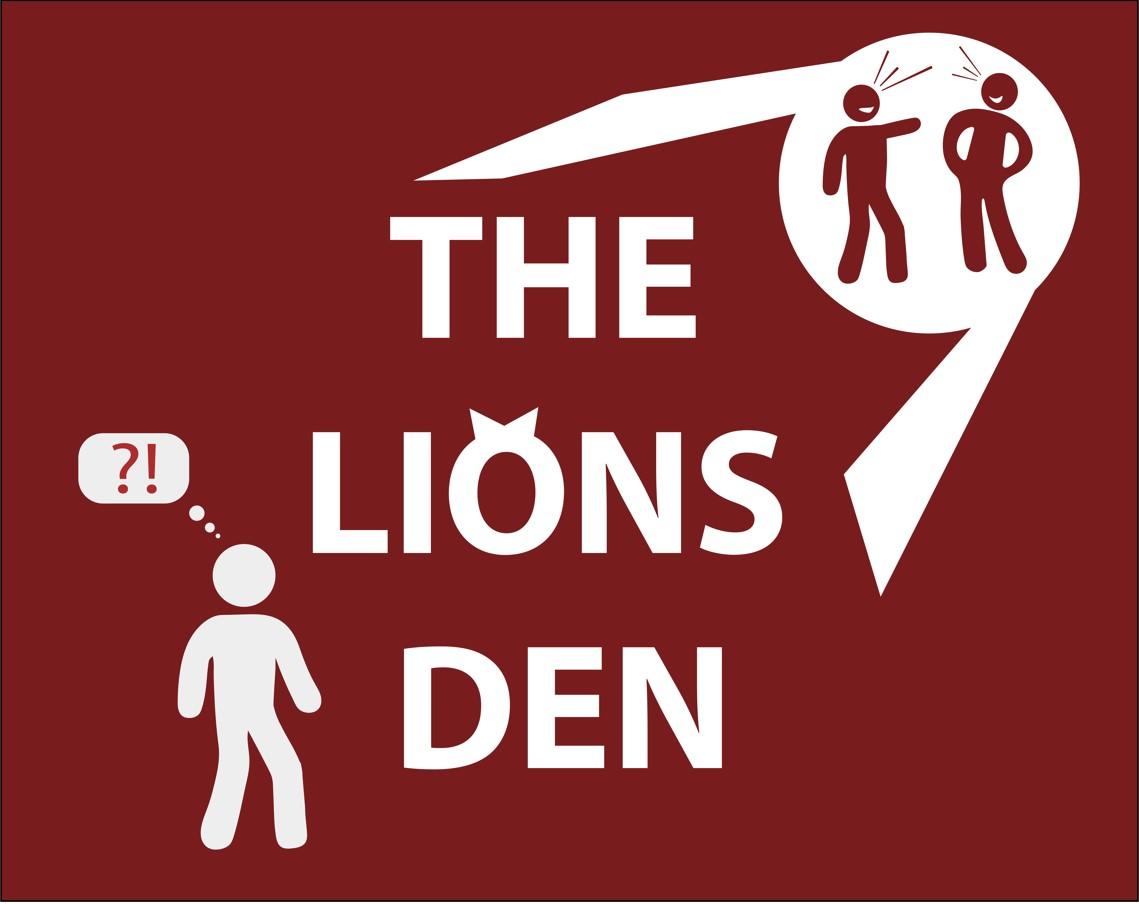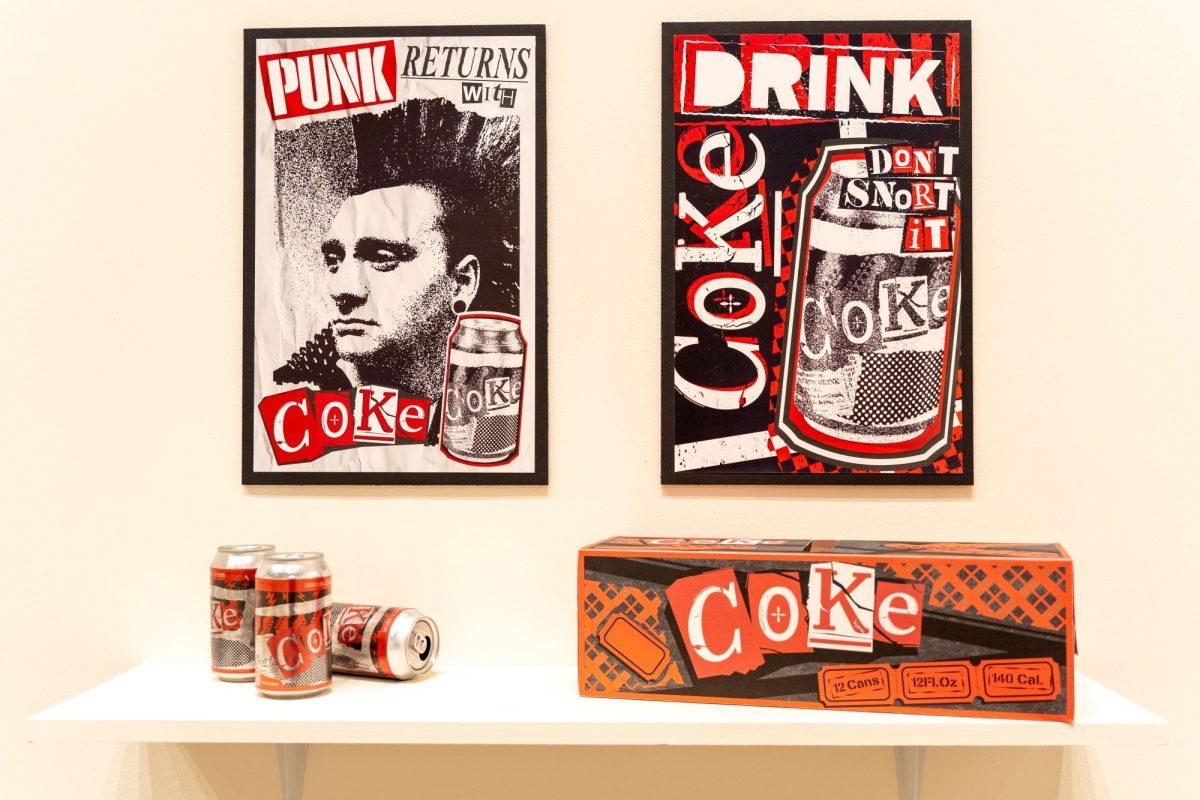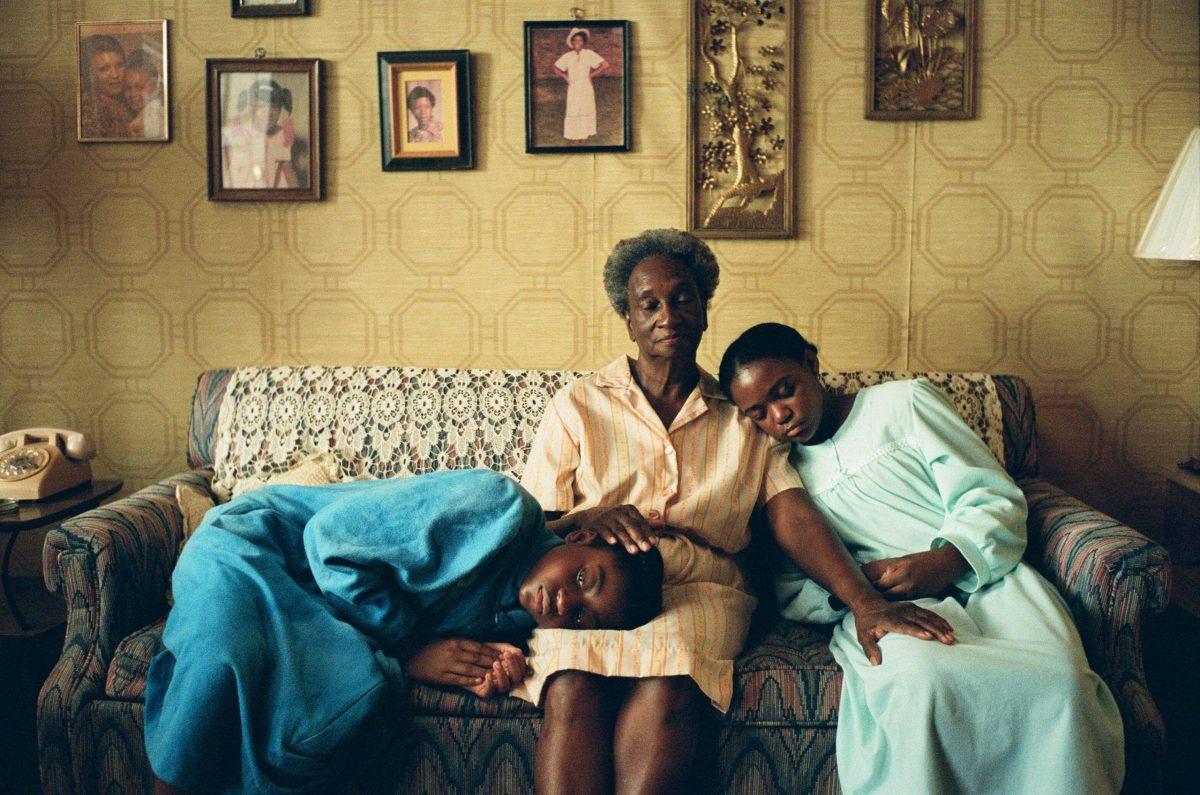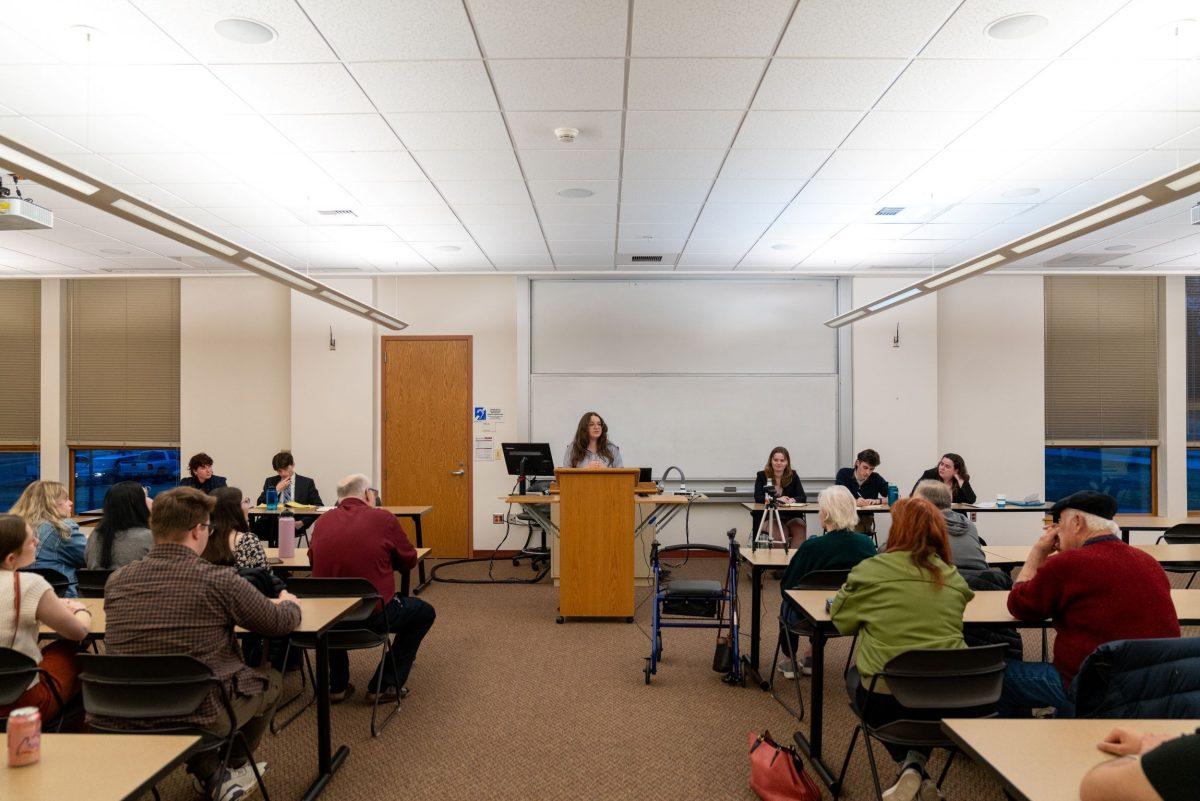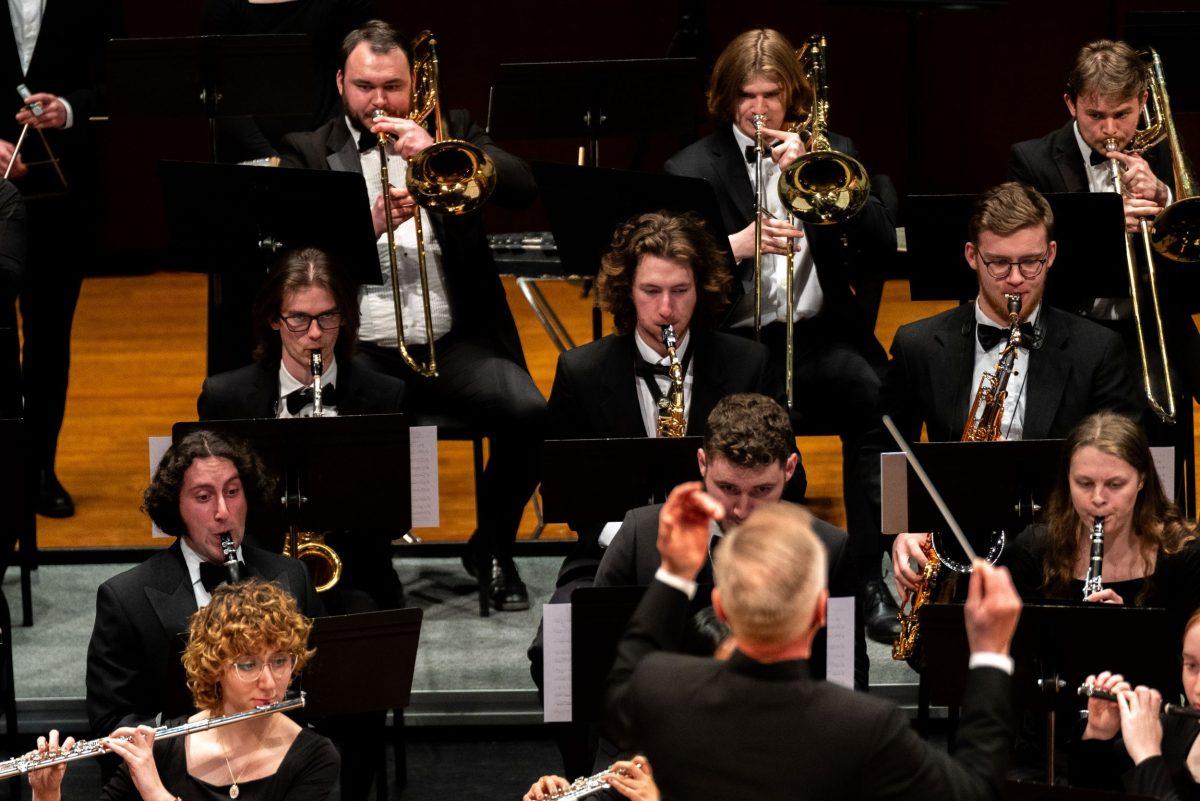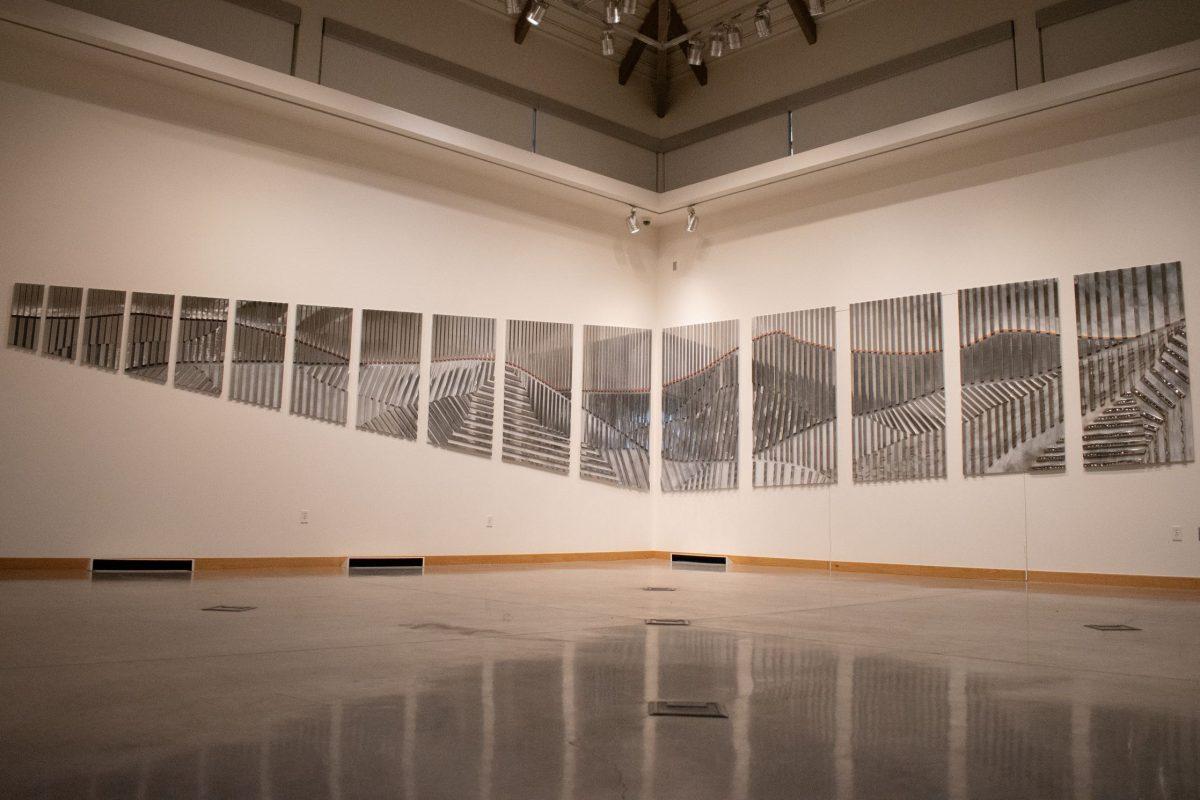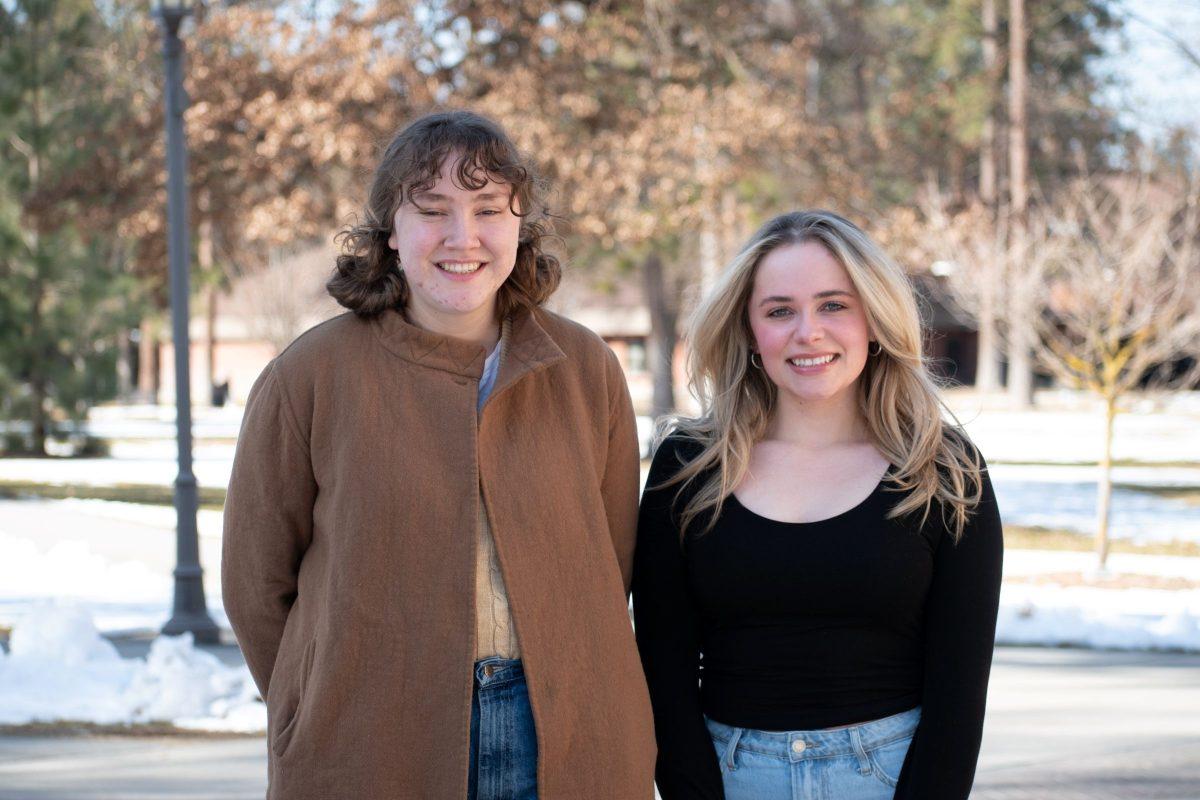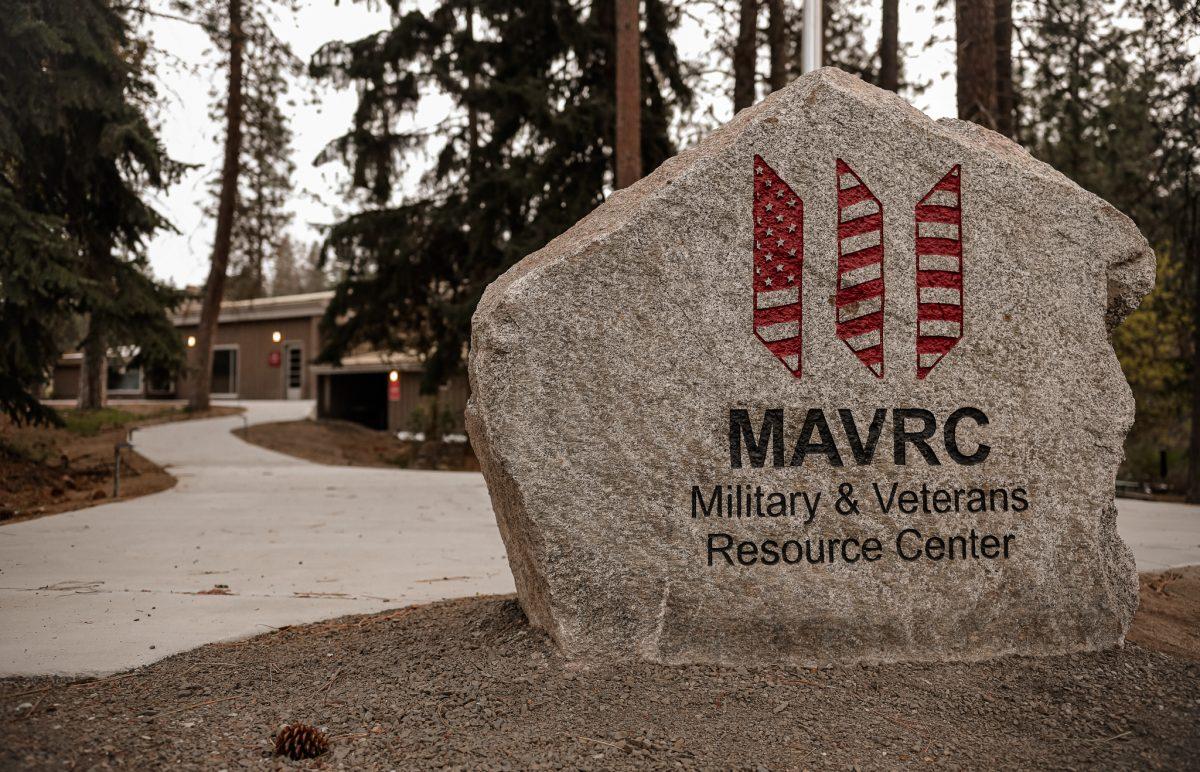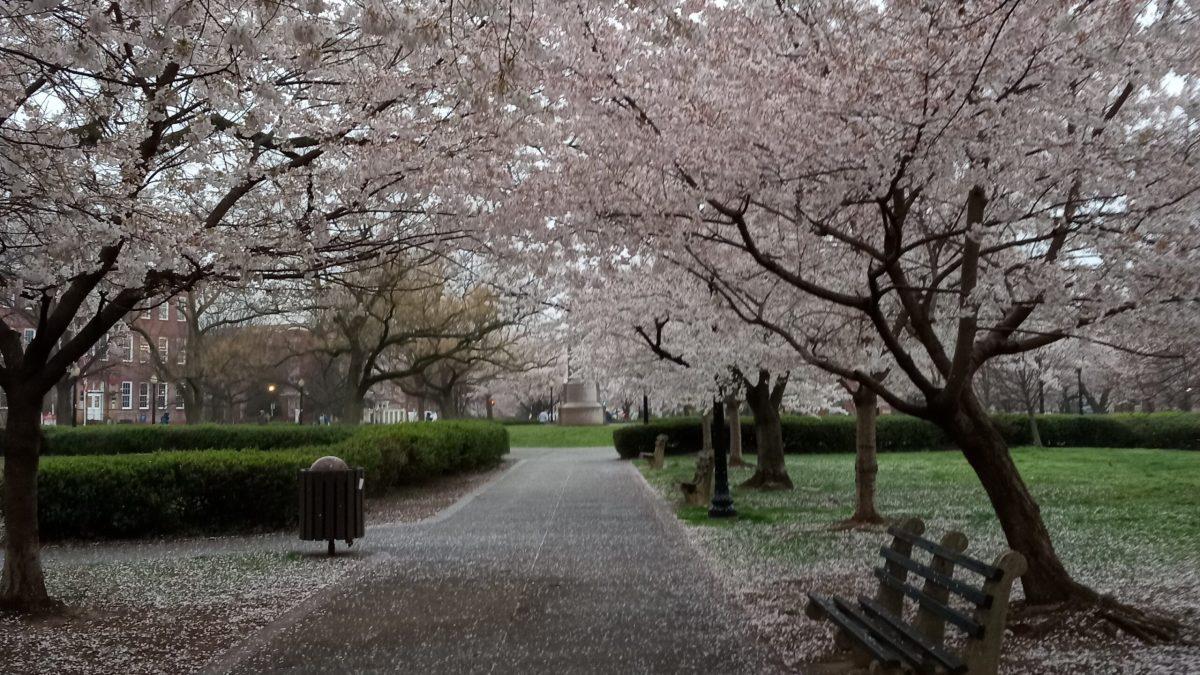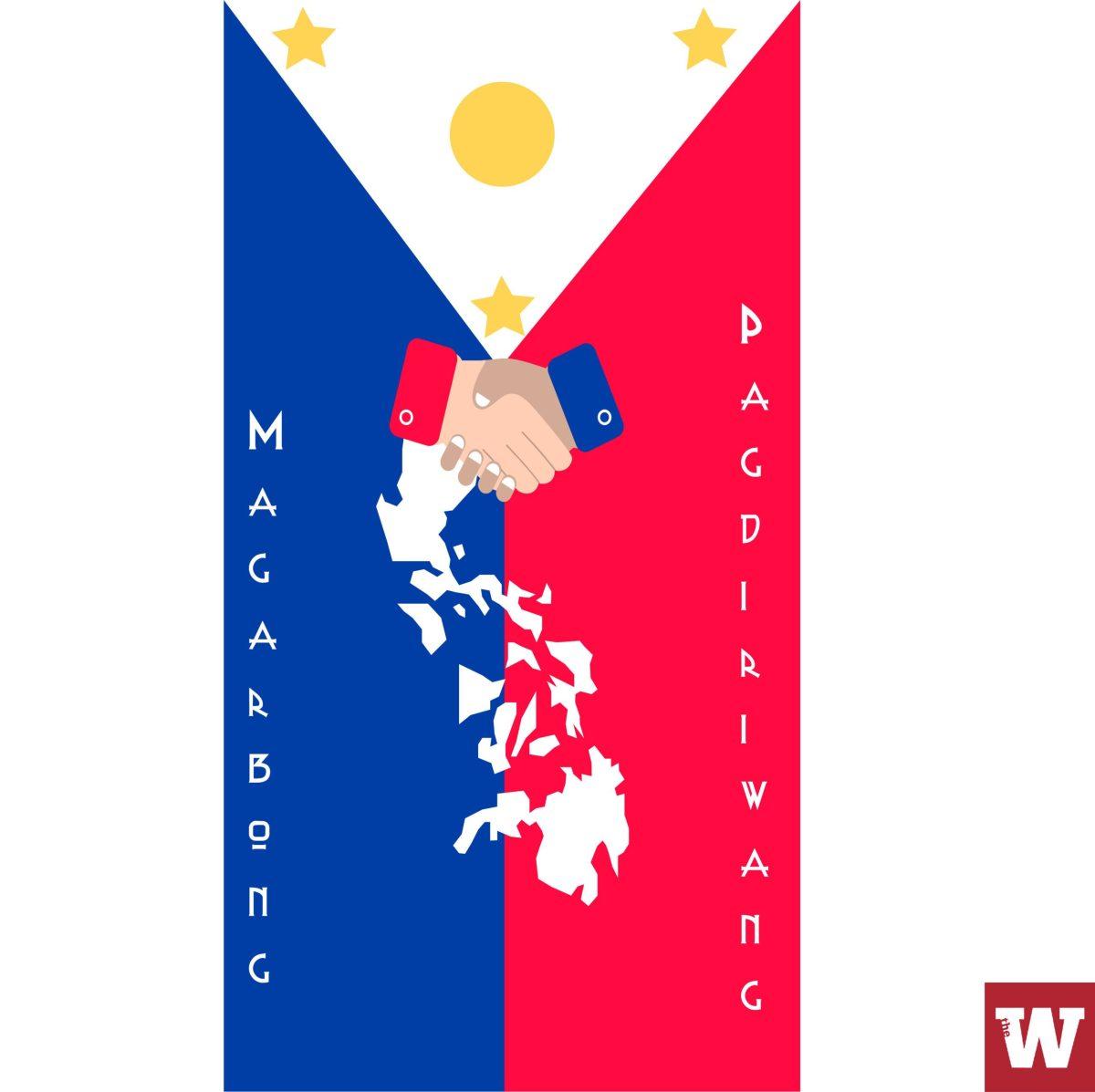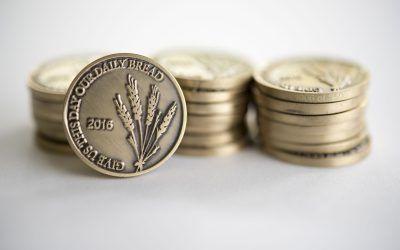
Emma Maple, staff writer for the Whitworthian, is participating in a study away semester with the American Studies Program through Whitworth Off-Campus Programs. As part of this trip, which takes place in the heart of Washington D.C., she is reporting on events and organizations that she visits. This article discusses the non-profit organization Breadcoin.
Inventions aren’t always created to only benefit the rich. Breadcoin is a stellar example of that.
During the day, Scott Borger is your average National Credit Union Administration economist, working a 9 to 5 job.
But during the evenings, and on early weekend mornings, you can find Borger working for free to improve the community through the creation and distribution of what he termed “Breadcoin.”
Borger describes Breadcoin as a “community gift certificate.” The copper coin has a set value that doesn’t fluctuate with the market (currently its value is set at $2.50). This coin is distributed by the Breadcoin team and partner nonprofits. Those in need who receive the coin can exchange it for food at participating organizations.
Breadcoin is funded by monthly subscribers, who commit to paying $25 to the Breadcoin organization. Every time a Breadcoin is distributed, it is accompanied by a handout that explains what it is and which restaurants it can be used at. Currently, there are over 70 businesses, restaurants, food stalls and farmers’ markets in DC who accept this form of payment.
Breadcoin, like many great inventions, was dreamed up through conversations.
Four or five years ago, Borger was having weekly breakfasts with a friend, John Gillis, who was experiencing homelessness. Borger fondly recalls his and Gillis’ chats “about the world, and the needs of the world, and the church and God and a whole array of topics.”
At one of these breakfasts, Gillis asked Borger a question that would spur the Breadcoin movement: “How do we meet the world’s needs, when the world’s needs are greatest?” Borger’s economics mind instantly turned to the question of “how do you create a countercyclical asset that is producing income when the income in the rest of the economy is faltering?”
For the next few weeks, Borger had conversation after conversation with anyone who would talk to him about how this could play out in the real world. Finally, he said, “It just clicked…There needs to be a kind of currency that could provide for people’s needs, regardless of the macroeconomic climate.”
That lightbulb moment happened in 2012, but it took a few more years for the idea to become concrete. In 2015, Borger contacted a friend, Ben Kolesar, to design the coin. One side of the coin shows a stalk of wheat with the emblazoned words, “Give us this day our daily bread,” and the other side declares, “Not legal tender.”
In 2016, he partnered with Carry Umhau, a friend who became his co-founder. They then began minting the coin and circulating it in the Union Station area of DC.
There were many uphill battles Breadcoin faced to become established. At first, it was hard for Breadcoin to get restaurants to participate in the system. To go from the 71st to the 72nd vendor was easy, Borger said, because you simply showed them how the asset was already working. However, getting the first ten or twenty was difficult because there was no proof that this would work.
Another challenge that Breadcoin faced was figuring out where to distribute the coins. Eventually they developed “the neighborhood approach” where they attempted to keep the “Breadcoin activities” within a four to six square block radius, centered around the businesses that they had partnered with.
Once these two challenges were conquered, Borger notes, “Breadcoin accelerated into the community.”
Breadcoin operates in ways other than simply the distribution of the copper coin. The founders have also developed a micro loan program that allow their small business vendors to take out credit, even if they have a bad credit history.
This loan program supplied the funds to purchase a food trailer for Mission Muffins, Breadcoin’s first vendor. This food trailer employs community individuals, who are in the workforce training program of the Central Union Mission, so that they can gain entrepreneurial experience.
A third aspect of the Breadcoin is what they call a flash table. Borger explains it as a “pop-up community meal.” Volunteers set up a table in “the middle of a parking lot, or a park. Somewhere in the community that needs some love and is in proximity to our vendors.” The table is set with a white tablecloth, linen napkins, beautiful plates and silverware. The volunteers fill the table by finding anyone who is nearby and inviting them to join the meal. Once the table is full, the volunteers serve the participants.
Borger described it as “a space of love. It’s a moment that brings the community together.”
Breadcoin functioned solely through volunteers for the first 4-5 years of its existence. Borger said, “We wanted to be using the money effectively, to make sure that the money was being used to feed. Now that this organization has grown, it is in its “capacity building phase” and is looking to hire their first full time employee to manage daily operations.
Now that Breadcoin has become rooted in the community, it is ready to take the idea elsewhere. They are currently located in DC, Baltimore and Harrisburg. In 2017, they went to Portland, Oregon, but experienced setbacks that caused them to draw out until fall of 2022. They also plan to expand to Nashville and Houston this year. The co-founders are emphasizing going deep, rather than broad, with the communities into which they expand.
Borger stated, “We’re really excited about where Breadcoin is going to expand this vision. We think we proved the concept in DC, and we look forward to expanding to new communities across the country.”


